The trend of motorized accessories replicating activities associated with railroading began at the Lionel factory in New Jersey. Let’s spotlight the revolutionary No. 97 coal elevator, which made its debut in 1938.
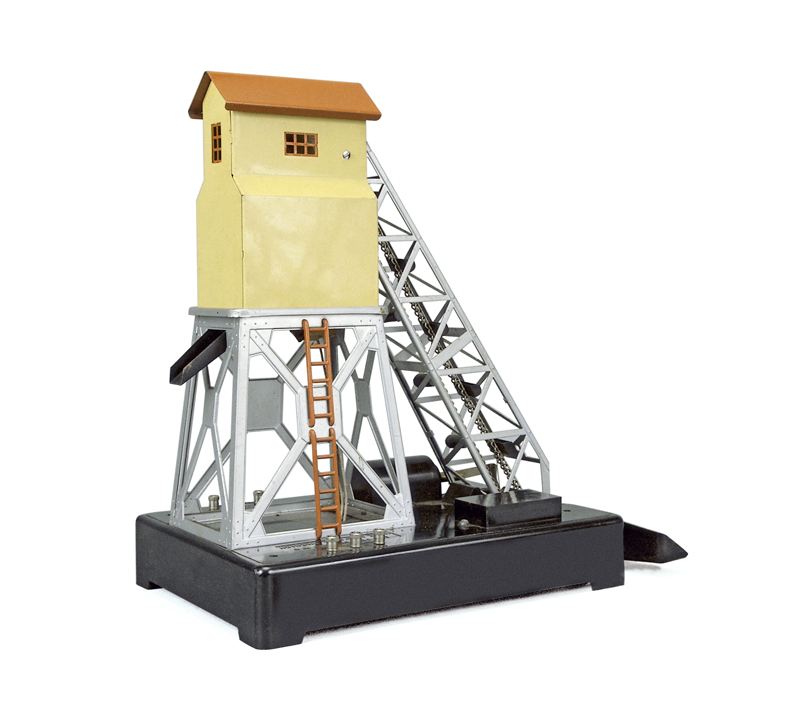
As much as we toy train enthusiasts love using our imagination when running our engines and accessories, we also appreciate the extent to which a model provides realistic and exciting action.
Prototypical – not always accurate
The idea of a vertical loader with buckets on a chain that lifted coal from a receiving bin into an upper storage area wasn’t something a guy at Lionel pulled out of his head. Similar toys used to load sand with a hand crank were popular at the time. They were based on full-size loaders handling soft, granular materials.
In this sense, the 97 coal elevator can be described as prototypical – its appearance and operation followed what could be seen at industrial sites and rail yards. All that was necessary to bring a model into the world of toy trains was the proper design of a miniature version, complete with a conveyor, tower, storage area, and chute by which to dump what simulated coal into a waiting freight car.
By the way, the material serving as coal took on importance. No parent wanted chunks of coal on a bedroom floor or living room carpet. Lionel had to assure them that what it offered as “coal” was clean and safe. Bits of a new plastic known as Bakelite worked beautifully and wouldn’t ruin the mechanism on a 97.
Once the coal elevator got to work, though, its operation wasn’t flawless. Not every bit of Bakelite ended up going straight from a dump car into the elevated container. Plenty was spewed onto the surrounding tracks and rug. So the 97 can be praised as prototypical, even if the loading was far from accurate!
A colorful accessory
The 97, which Lionel cataloged through 1942 and again after World War II between 1946 and ’50, came with an unpainted black base made out of Bakelite (6 x 11½ inches), a silver-painted sheet-metal conveyor and tower (gray for 1942), and a yellow metal loft with a removable red roof and red windows.
Packed with each coal elevator were the “ingredients” needed for it to cook! These were a No. 97C controller with its 36-inch-long three-conductor wire, an instruction sheet, and a no. 206 half-pound bag of Lionel’s artificial coal.
Getting a 97 to operate
The Lionel Service Manual outlined how a coal elevator worked. The key was the No. 97C controller, connected “by means of three conductors, which are attached in order to the three binding posts on the far side of the elevator base.”
A rotary knob on the 97C switched the motor-driven bucket conveyor on (or off). It activated a solenoid that raised the receiving bin to direct coal toward the buckets on the moving chain. They lifted the chunks until gravity caused them to fall into an open loft. A push button on the 97C activated a second solenoid. That motor opened the gate in the loft and let stored pieces of coal to drop down the chute into an empty dump car or hopper.
Of course, the coal had to get to the 97 in the first place. Lionel brought out its first remote-controlled dump cars in 1938 to coincide with the debut of the 97.
After World War II, Lionel had a fleet of improved dump cars led by the No. 3459 (silver, black, or green) and its successor, the No. 3469. Also on the roster was the No. 3559, a throwback to the prewar years.
Lionel brought back the 97 in 1946. It remained in the line through 1950, with its price rising. What cost $5.75 in 1938 had risen to $15.75 a decade later.
Lionel cataloged the No. 97 coal elevator between 1938 and 1942 and then again between 1946 and 1950.
Buyer’s checklist:
- Cracked or warped Bakelite base?
- Scratched or damaged conveyor or tower?
- Missing or bent unloading chute?
- Non-operating mechanism?
- Lost or smashed buckets?
- Functioning storage container inside loft?
- Original controller and bag of artificial coal?






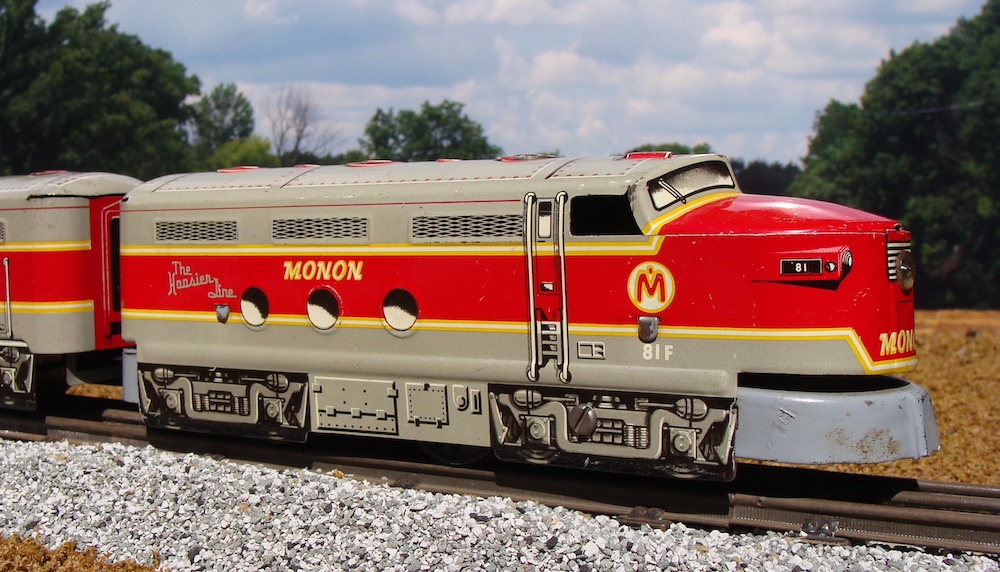
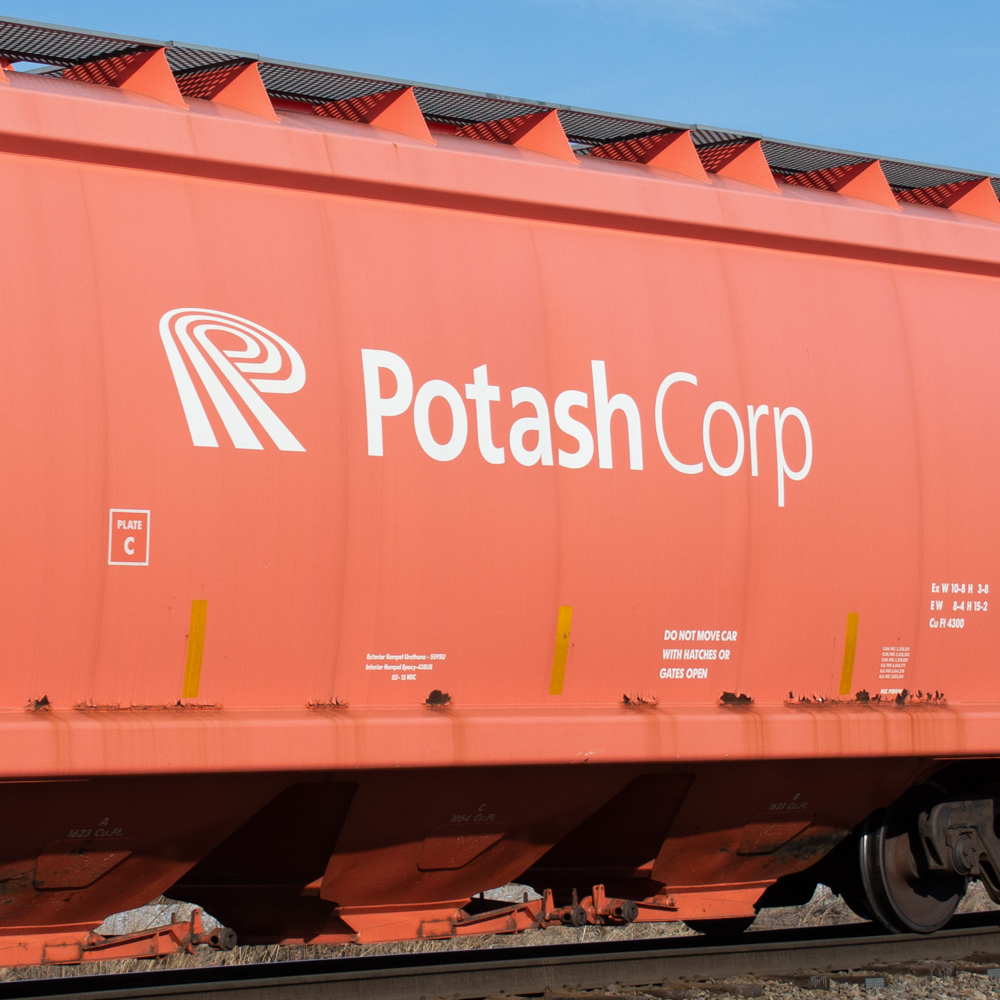
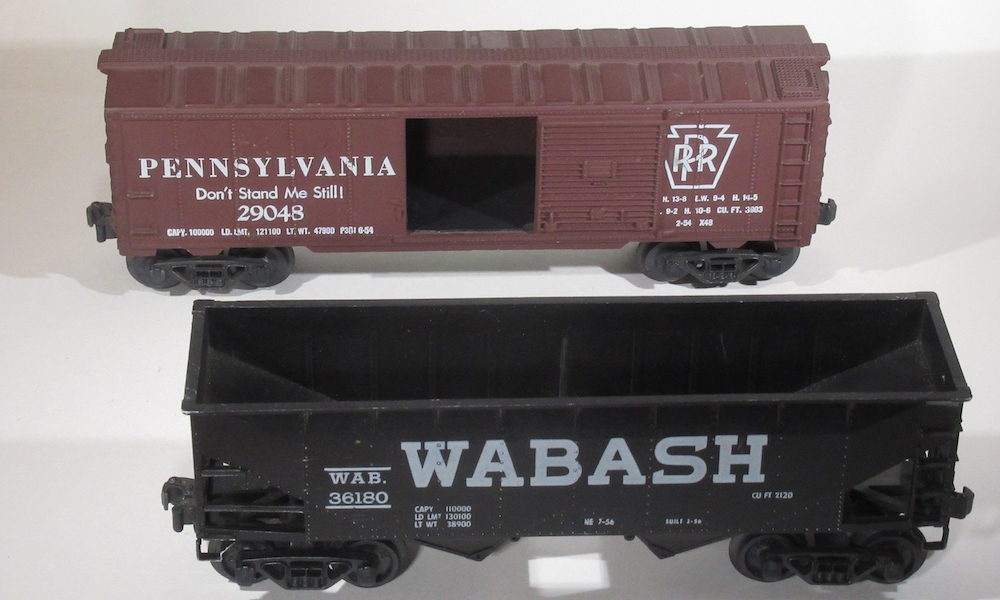
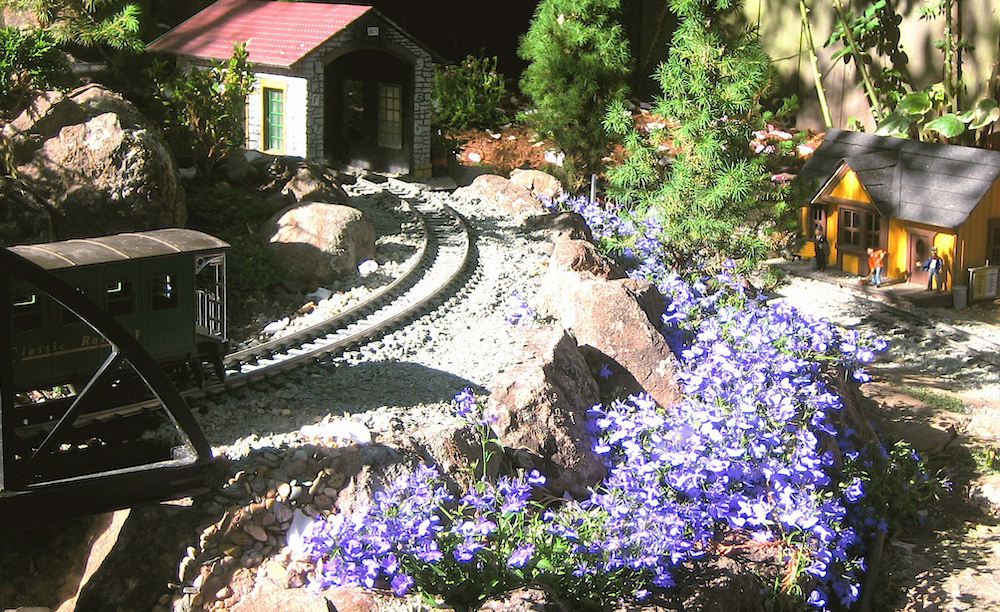




I have recently installed one of these on my layout and found that the receiving tray doesn’t drop down after I turn on and run the unit. Is there supposed to be a retaining spring at the bottom of the tray to return it to its downward position in order to receive another load of coal? There appears to be a small ringed hole on the back of the tray for a possible spring connection but I cannot locate any literature depicting this.